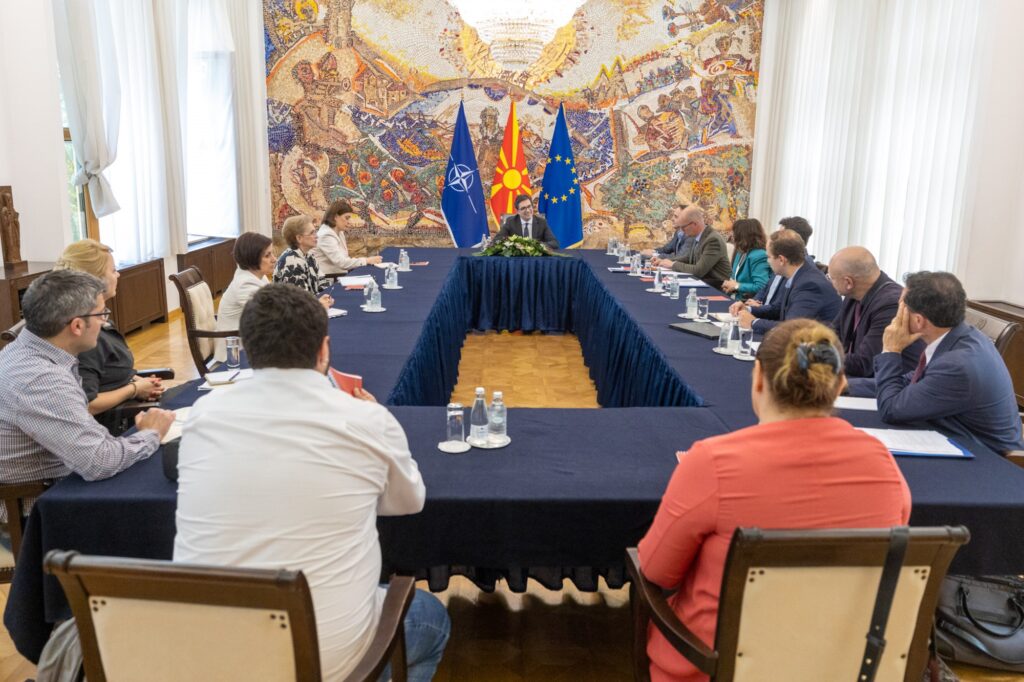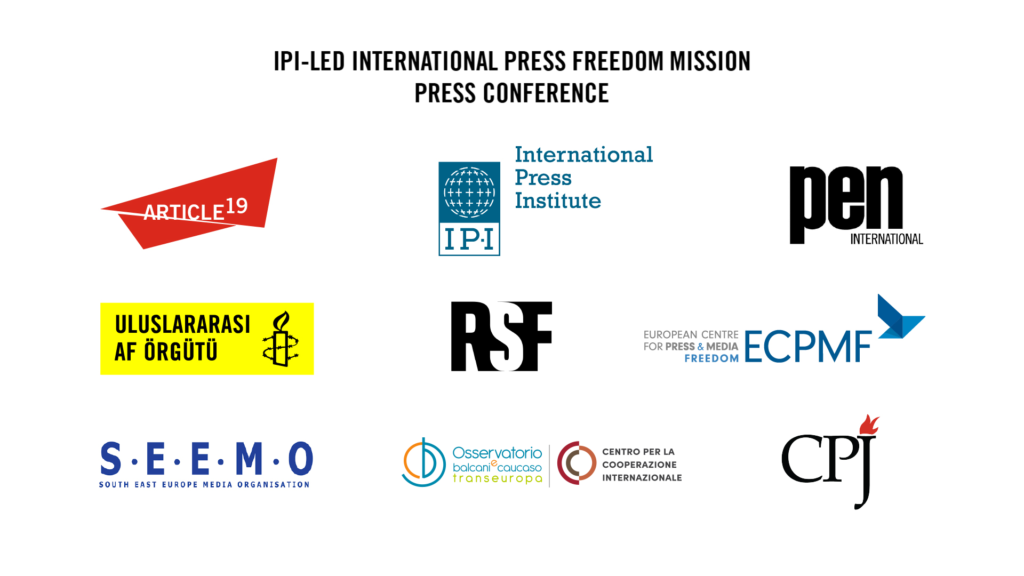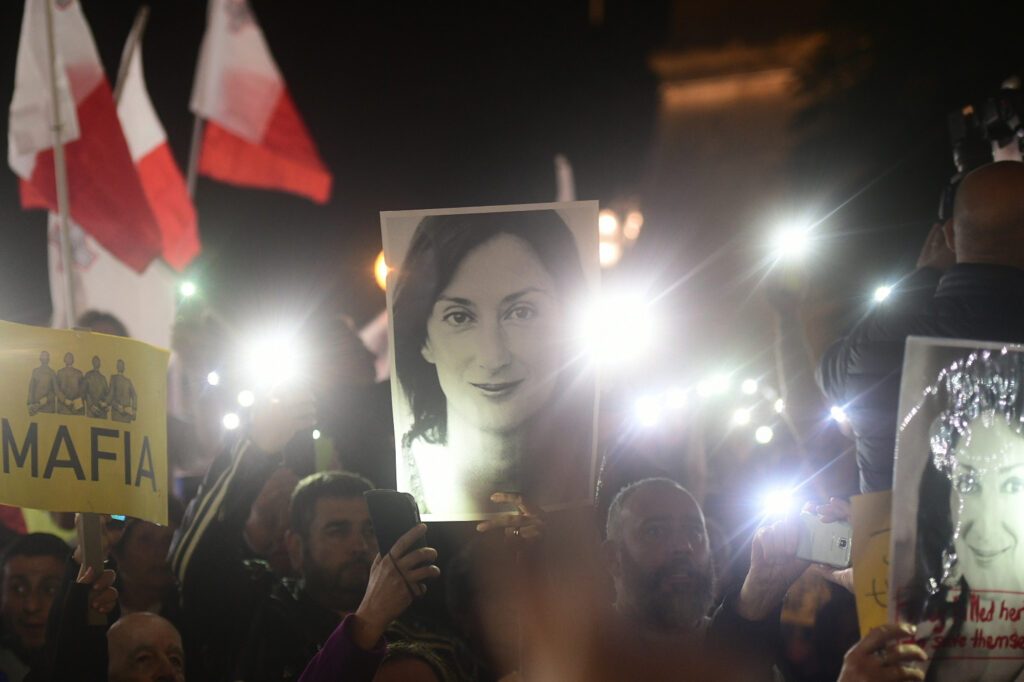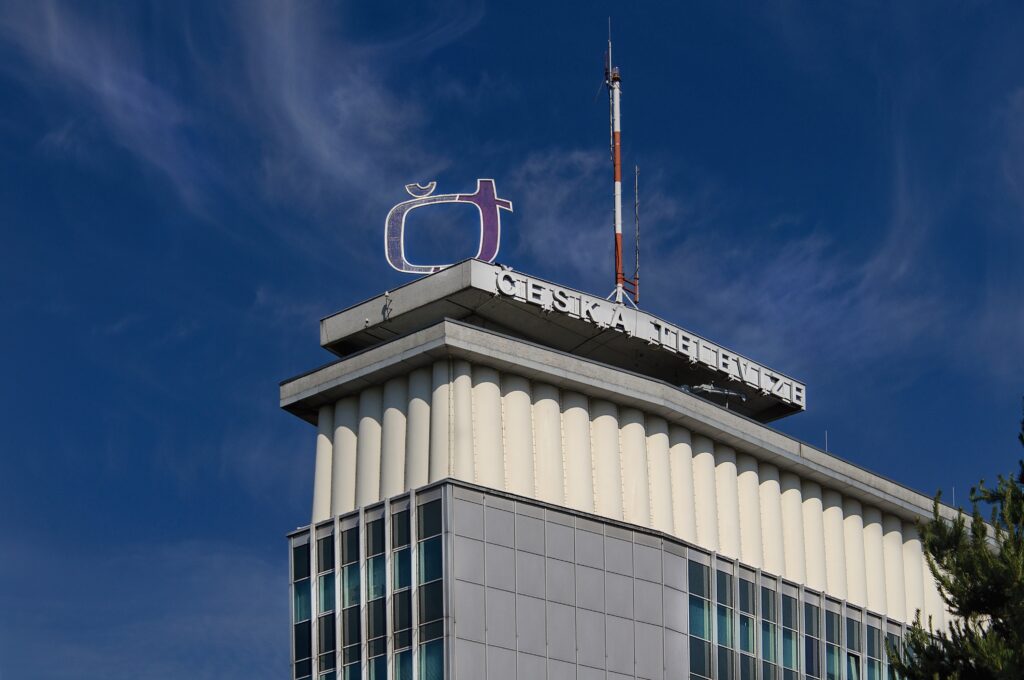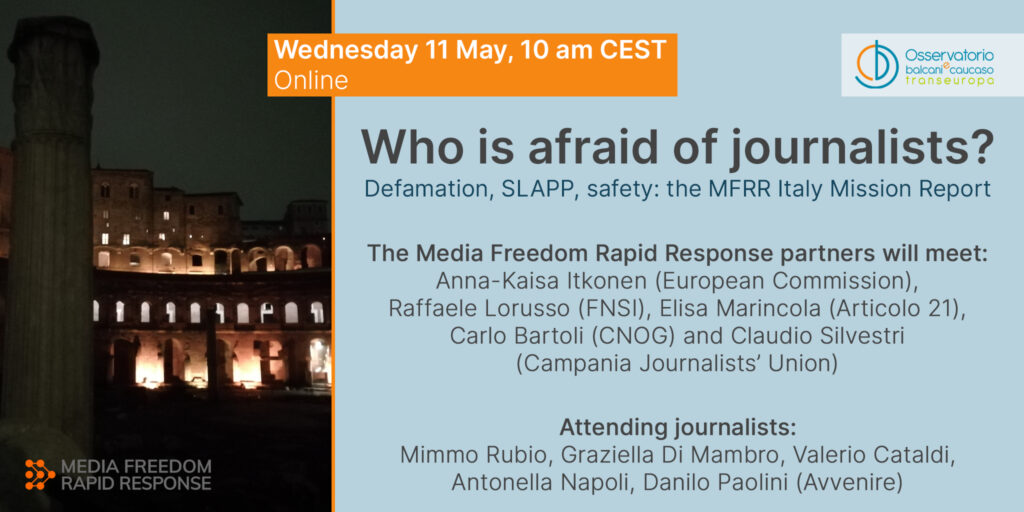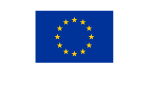Zentrale Ergebnisse der Studie
Nach zwei Negativ-Rekorden in Folge ist die Zahl der Angriffe auf Medienschaffende in Deutschland im Jahr 2022 wieder gesunken. Das Europäische Zentrum für Presse- und Medienfreiheit (ECPMF) verzeichnet 56 tätliche Angriffe. Damit wurden 27 Tätlichkeiten weniger registriert als im Jahr 2021.
Der Rückgang der Angriffe geht nach Analyse der Forscher:innen maßgeblich auf die Marginalisierung der Querdenken-Bewegung-Proteste zurück. Im Vorjahr hatte mit 77 Prozent der größte Teil der Tätlichkeiten im Umfeld von Demonstrationen gegen die Corona-Maßnahmen stattgefunden. Im Jahr 2022 sank dieser Anteil auf 48 Prozent. Als Anzeichen für eine Entspannung der Sicherheitslage lässt sich der Rückgang jedoch nicht lesen. Mit 56 verifizierten Angriffen liegen die Angriffe dreifach höher zum Vorpandemie-Niveau des Jahres 2019 mit damals 14 Angriffen.
“Empörungsbewegungen wie Querdenken oder zuvor Pegida sind Katalysatoren der Pressefeindlichkeit. Wie hoch die Zahl der angegriffenen Journalist:innen in Deutschland ist, hängt maßgeblich von der Mobilisierungsfähigkeit dieser Protestinitiatoren ab. Der Hass auf die Presse dient ihnen dabei als ideologische Spange, um die heterogenen Anhängerschaften zusammenzuhalten”, sagt Martin Hoffmann, Co-Autor der Studie.
Im Vergleich der Bundesländer verzeichnet Sachsen mit elf Fällen die meisten Übergriffe. Damit ist der Freistaat zum fünften Mal seit 2015 Negativ-Spitzenreiter. Im Jahr 2022 folgen Berlin mit neun registrierten Tätlichkeiten sowie Bayern und Thüringen mit jeweils acht. Eine verstärkte Ausbreitung der Angriffe in die westdeutschen Flächenländer, die im Jahr 2021 erstmals beobachtet wurde, setzte sich im vergangenen Jahr nicht fort, so die Analyse des ECPMF.
Fokus Lokaljournalismus: Wenn Nähe zum Sicherheitsproblem wird
Im Vergleich zum Vorjahr ist die Zahl der tätlichen Übergriffe auf Lokaljournalist:innen um das Dreifache gestiegen. Insgesamt wurden zwölf physische Attacken verifiziert, im Vorjahr waren vier Medienschaffende aus dem Lokalen betroffen. Nach Analyse der Studienautor:innen sind sie einer besonderen Bedrohung ausgesetzt, weil sie nicht wie ihre Kolleg:innen in den größeren Städten in die Anonymität abtauchen können. Teilweise demonstrierten pressefeindliche Mitbürger:innen direkt vor Redaktionsgebäuden oder versuchten, die Journalist:innen vor deren Privatwohnungen einzuschüchtern.
„Die seit Jahren anhaltenden ‚Lügenpresse’-Vorwürfe führen zum aktuellen Bedrohungsniveau. Wir haben in vielen Gesprächen gehört, dass Medienschaffende Sicherheitsvorkehrungen treffen, wenn sie von Demos berichten oder dass sie potentiell gefährliche Situationen gleich ganz meiden”, sagt Annkathrin Pohl, Co-Autorin der Studie. „Erschreckend ist jedoch festzustellen, dass sich bei manchen durch die Anfeindungen nicht nur die Arbeitsweise geändert hat, sondern die eigene Einstellung zum Beruf: vom ehemaligen Traumjob zum ‘beschissensten Beruf’.“
Schwerpunkt Gegenmaßnahmen
Journalist:innen, Verbände und Medienhäuser und auch viele staatliche Institutionen haben inzwischen Gegenmaßnahmen entwickelt. Positiv ist dabei die Initiative einiger Innenministerien zu bewerten: In Sachsen und einigen weiteren Bundesländern werden zunehmend umfassender Medienschutzkonzepte implementiert, die Medienschaffende auf Versammlungen besser vor Angriffen absichern sollen. Zudem haben vor allem öffentlich-rechtliche Sender ebenso wie größere private Medienhäuser eine ganze Palette an Schutzmaßnahmen für ihre Mitarbeiter:innen getroffen, wie Begleitschutz, Deeskalationsseminare oder juristische Unterstützungsangebote. Jessica Jana Dutz, Co-Autorin der Studie, erkennt aber noch viele Lücken:
“Besonders freie Journalist:innen sind in Deutschland immer noch nicht ausreichend geschützt. Für sie gibt es zu wenige niedrigschwellige, kostengünstige Schutzangebote. Die Journalist:innengewerkschaften und Initiativen versuchen diese Lücke zu Füllen. Aber auch sie verfügen nur über begrenzte Mittel und können nicht jede:n erreichen.”


